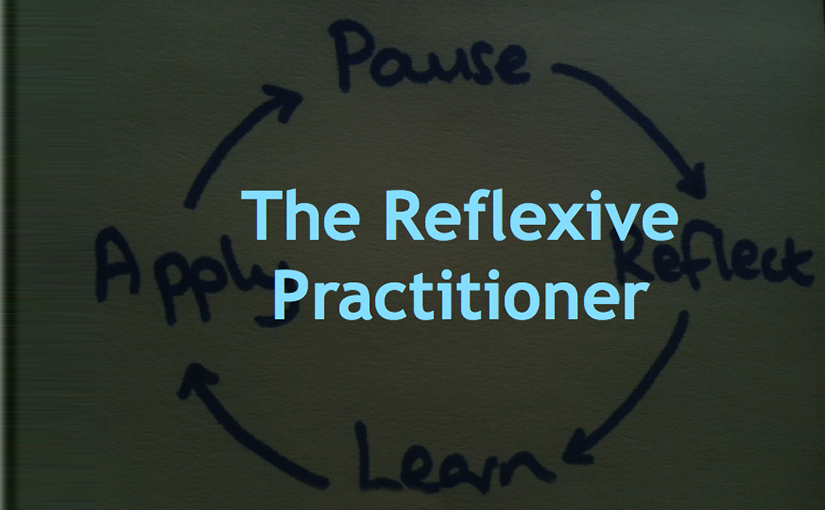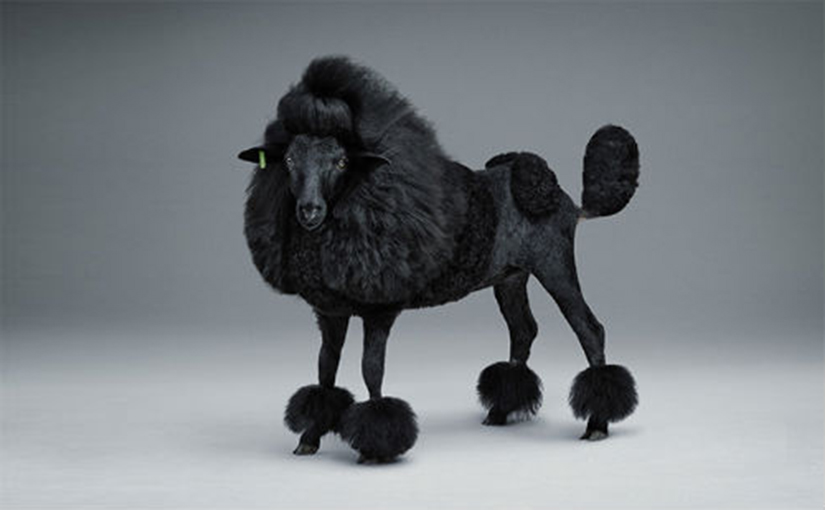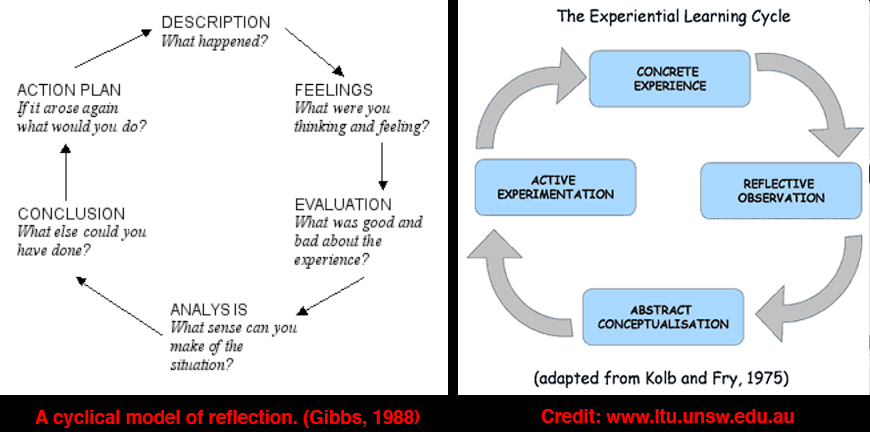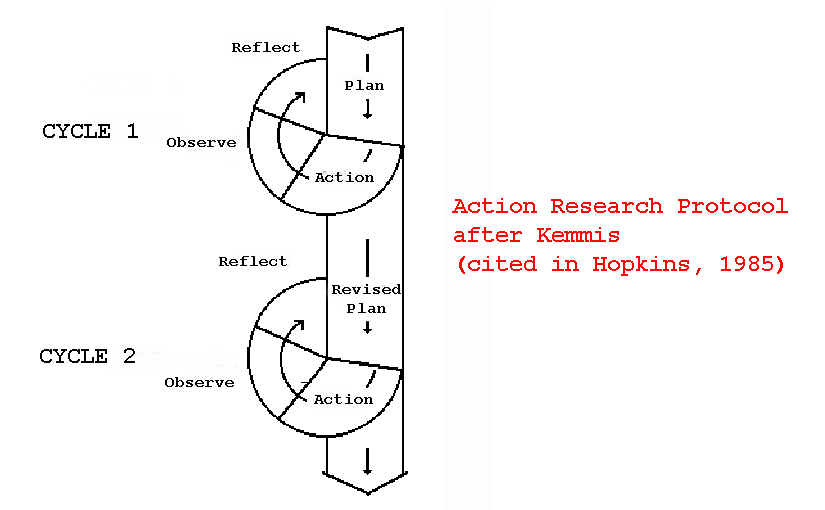Beware of isolating or ‘orphaning’ the method by writing a well argued method chapter but then making only passing reference to methods in subsequent chapters. It is easy to get excited by the fieldwork or studies and to overlook the importance of making detailed reports and research journal entries during the course of those studies.
This is a common mistake during the progress of arts and interdisciplinary PhD research and is revealed in early drafts of chapters that detail the studies. Practice writing up how you have used theories and methods in your practical work and field work. Do this as you go along. Connect the method to the the practice explicitly. Show the examiner how you used the method, step by step.
Weak method, or weak application of method is also often cited as the reason that academic grant proposals are rejected. It may also contribute to why curators and commissioning bodies don’t feel confident in supporting art proposals. You need to show that you know ‘how’.





